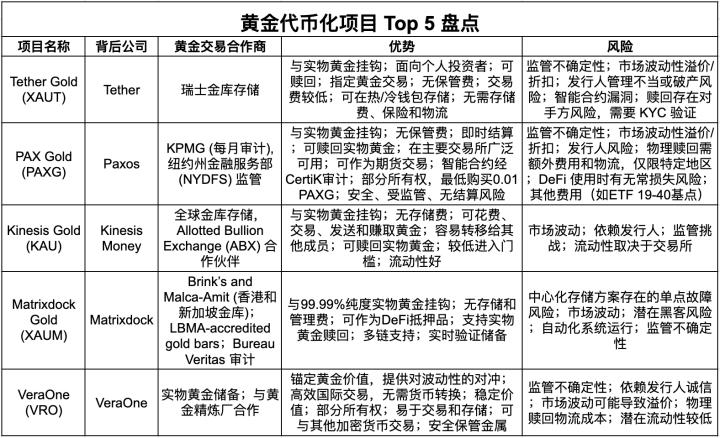Microsoft just dropped a bombshell in the computing world—their new analog optical computing system is poised to smash through current AI limitations.
The Hardware Advantage
Forget traditional silicon—this tech uses light instead of electrons to process information, cutting energy consumption by staggering margins while boosting processing speeds exponentially. It's not an incremental improvement; it's a fundamental paradigm shift.
AI Implications
Training times that currently take weeks could shrink to hours. Complex neural networks that choke conventional hardware will suddenly become feasible. Microsoft's approach bypasses the von Neumann bottleneck entirely—no more waiting for data to shuffle between memory and processor.
The Bottom Line
While Wall Street analysts are probably already drafting PowerPoints about 'synergistic disruptive innovation paradigms,' the real story is simpler: this could actually deliver on the AI hype that's been fueling tech valuations for years. Finally—something more substantial than another NFT monkey picture collection.

In a groundbreaking development, Microsoft has announced significant progress in analog optical computing, a technology that could revolutionize artificial intelligence and other computational fields. This advancement, as shared by Microsoft CEO Satya Nadella on LinkedIn, marks a pivotal moment in computing history, leveraging the speed of light for processing rather than traditional electronic methods.
Breakthrough Achievements
The analog optical computer, developed using commercially available components, has demonstrated a 100-fold increase in efficiency while addressing complex optimization challenges in sectors such as finance and healthcare. This achievement not only highlights a significant hardware advancement but also signals the emergence of a new computational paradigm where photons, rather than electrons, facilitate data processing.
Implications for AI and Beyond
The implications of this technology are vast, potentially transforming various fields from real-time MRI imaging to sustainable AI solutions. By drastically reducing energy consumption, this innovation could democratize access to advanced reasoning capabilities, making AI more accessible and environmentally friendly.
Future Prospects
As Microsoft continues to explore the potential of analog optical computing, the technology could redefine computational limits, offering unprecedented speed and efficiency. This development aligns with a broader trend in the tech industry towards more sustainable and powerful computing solutions.
For more details, please refer to the original announcement on LinkedIn.
Image source: Shutterstock- microsoft
- analog optical computing
- ai
- technology







